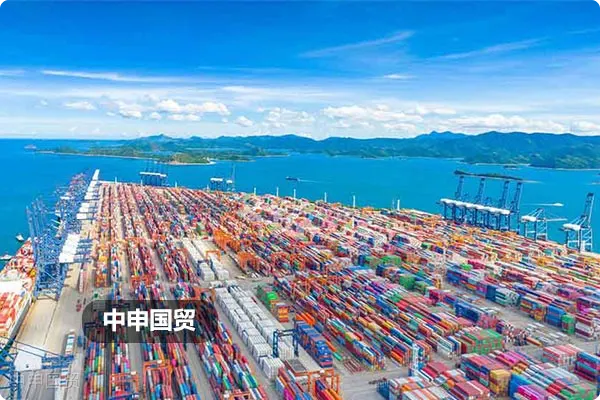- Shanghai Zhongshen International Trade Co., Ltd. - Two decades of trade agency expertise.
- Service Hotline: 139 1787 2118

Contents
ToggleSemiconductors in 2025Equipment ImportsNew Trends in the Industry
As the global semiconductor industry accelerates its iteration towards sub-3nm processes, the latest data from China's General Administration of Customs shows that the import volume of precision etching machines from January to June 2025 increased by 37% year-on-year, while the return rate rose by 12 percentage points. Currently, the import process exhibits three major characteristics:
- Technical limitations escalated.: The 2025 revised version of the Wassenaar Arrangement adds export controls on five categories of lithography machine components.
- Optimization of tariff structure: The provisional import tariff rate for equipment under HS code 8542 has been reduced to 5%.
- Refinement of inspection standards: Announcement No. 37 of the General Administration of Customs specifies the radiation protection testing standards for wafer transfer systems.
Common Operational Missteps and Cost Analysis
A wafer fab in March 2025 caused a deposition equipment worth 230 million yuan to be stranded at the port for 47 days due to misclassification, resulting in additional storage fees of 3.8 million yuan. Such cases expose three typical misconceptions:
- Misconception 1: Handling the license on your own.
- Confusing the applicable scope of the "Key Used Mechanical and Electrical Products Import License" with the "Automatic Import License"
- Ignore the dual-use declaration requirement for EUV lithography machines.
- Misconception 2: Single-price-comparison procurement
- The compliance costs under the U.S. Export Administration Regulations (EAR) have not been accounted for.
- Omission of technical maintenance clauses specific to ASML equipment in the Netherlands.
- Misconception 3: Neglecting the Binding of After-Sales Services
- 90% of return cases involve unregistered third-party repair services.
- Hitachi unit assembly equipment must match the original factory calibration certificate.
The value realization path of professional agency services
Compare the self-operated import and agency service data of a certain memory chip manufacturer:
- Time Cost: The customs clearance cycle has been reduced from 58 days to 22 days.
- Risk Control: The compliance defect rate decreased from 43% to 6%.
- Professional support: The comprehensive tax rate has been reduced by 2.7 percentage points.
Practical guide to customs clearance operations
To address the latest regulatory requirements for 2025, it is recommended to establish a defense system in three steps:
- Pre - classification stage
- Compare the ruling cases of the past three years using the Customs Classification Precedent Database.
- Please pay special attention to the classification dispute of 9012/8428 for wafer transfer robotic arms.
- Document preparation stage
- Japanese manufacturers must provide a copy of the export license issued by the Ministry of Economy, Trade and Industry.
- Korean equipment must be accompanied by an EMC test report certified by KTL.
- On - site inspection stage
- Prepare the original data for the vacuum chamber pressure test in advance.
- Models of temperature and humidity recorders that comply with the requirements of the General Administration of Customs.
Agency Selection Strategy
Four Capability Identification Criteria for High-Quality Agents:
- From the perspective of qualifications: Holding Class AA customs declaration qualification and possessing hazardous materials transportation filing.
- Industry experience:Have operated at least three overall import projects for 12-inch wafer fabs.
- Service network:Emergency response centers are established in Rotterdam, Yokohama, and San Francisco.
- Response speed: Can provide 7×24 technical document pre-review services.
When importing thin-film deposition equipment valued over $5 million, professional agency services can reduce unforeseen costs by 18%-25%. It is recommended that enterprises engage compliance consultants during the supplier screening phase to establish a comprehensive risk control system spanning from business negotiations to equipment acceptance.
Related Recommendations
? 2025. All Rights Reserved. Shanghai ICP No. 2023007705-2  PSB Record: Shanghai No.31011502009912
PSB Record: Shanghai No.31011502009912










